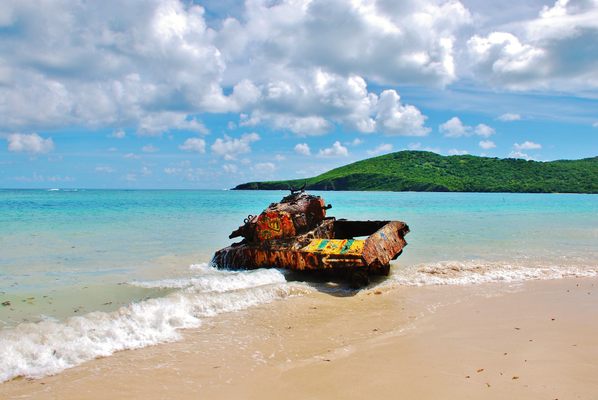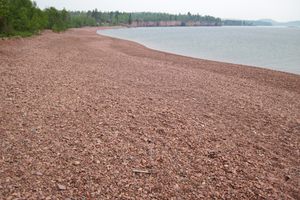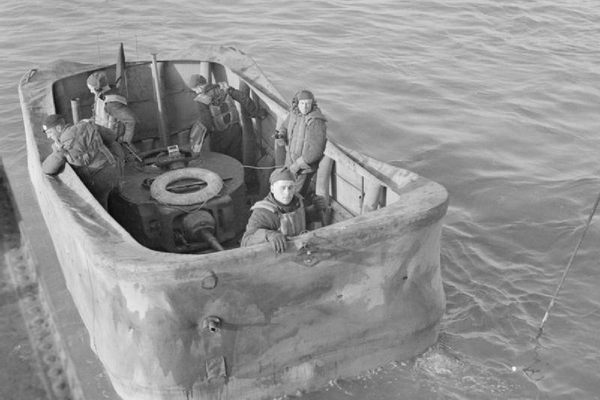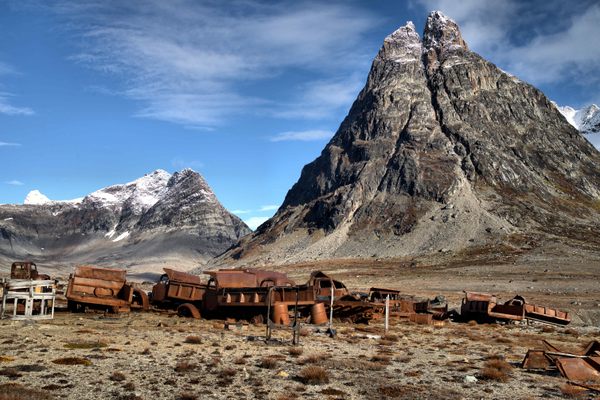About
Surrounded by turquoise water and white sand beaches, Puerto Rico's Culebra Island is a stunning Caribbean landscape. Its beautiful shores and lush wildlife sanctuary have drawn admirers from around the world. But this stunning Caribbean paradise has some unexpected decorations in the form of rusting tanks from World War II.
In 1901, after Spain ceded Puerto Rico to the U.S., President Theodore Roosevelt allocated all of the public land on Culebra to the Navy. Those lands were used for test landings and ground maneuvers, and starting in 1936, for bombing practice. While no formal base was created on the island, a great deal of equipment and armaments were moved there, and bombing practice lasted for decades. Missiles hit the island on 228 days in 1969, as Navy pilots trained for the war in Vietnam.
The Navy's use of the island did not sit well with its locals, and when the military attempted to evacuate the entire population they began to push back. In the summer of 1970, the residents of Culebra began non-violent protests with a goal of ending its naval occupation. For seven months, they marched, held sit-ins, and created blockades, and finally the Navy agreed to phase out their use of the island as a testing ground. By 1975, the Navy had cleared out of Culebra.
But in their wake they left behind lots of gear, including several massive tanks. While much of it was cleaned up, the huge tanks could not be moved and were simply left to rust. The salty sea winds worked on the metal, causing it to rust and crumble and the locals took to covering the abandoned hulks in layers of paint.
Today the tanks remain and have become a unique feature of the otherwise pristine beach. New graffiti is continually added atop the old, giving the old war machines an almost cheerful new life.
Related Tags
Know Before You Go
Tanks are back in the brush and on the shoreline on the far west side of the beach.
Community Contributors
Added By
Published
December 2, 2013
























































